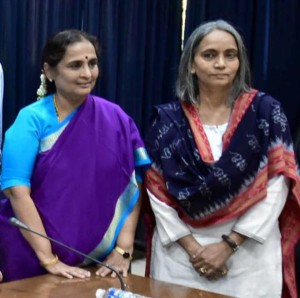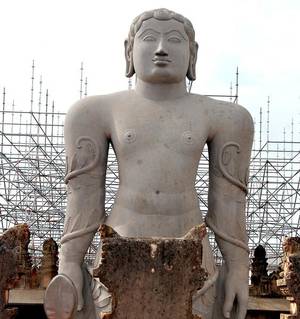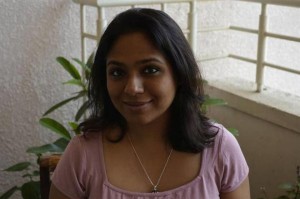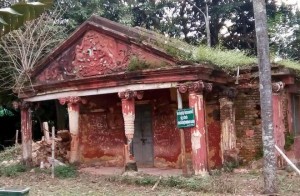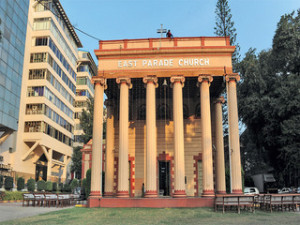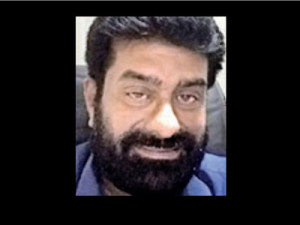She is the third woman CS of State
Additional Chief Secretary Ratna Prabha is the new Chief Secretary of Karntataka. She will head the State administrative machinery till March 2018.
Ms. Prabha is the third woman Chief Secretary of the State after Teresa Bhattacharya (2000) and Malathi Das (2006). She is set to succeed Subhash Chandra Khuntia, who is retiring on Friday.
Ms. Prabha, from the 1981 IAS officers’ batch, successfully conducted the Invest Karnataka Summit in 2016 and encouraged women entrepreneurship. A few years ago, she also bagged the ‘Woman of the Year’ award of the American Biographical Institute Inc., the U.S.
In a first in State, two women hold top posts
With the elevation of Ms. Prabha, for the first time in the State’s history, two top administrative offices are being headed by women.
While Neelamani N. Raju became the State’s first woman Director-General and Inspector General of Police on October 31, Additional Chief Secretary Ms. Prabha is now set to head the State’s civil service force. Chief Minister Siddaramaiah on Tuesday evening tweeted congratulations to Ms. Prabha and added: “Karnataka’s admin (civil & police) is now headed by two women.”
Ms. Prabha belongs to the 1981 IAS officers’ batch and was serving as Additional Chief Secretary. Ms. Raju, a 1983 batch IPS officer, served as DGP, Fire and Emergency Services, before her elevation. Ms. Prabha successfully conducted the ‘Invest Karnataka summit’ in 2016 and encouraged women entrepreneurship. A few years ago, she also bagged the ‘Woman of the Year’ award from the American Biographical Institute Inc., U.S.
Ahead of polls
With the Assembly election fast approaching, Mr. Siddaramaiah may be looking to score points by picking Ms. Prabha, who is a Dalit.
In September 2016, when Mr. Siddaramaiah wrote to the Centre to relieve Subhash Chandra Khuntia, who was on central deputation, the State BJP played the Dalit card and backed Ms. Prabha. The State government can seek extension of the term of Ms. Prabha till the next Assembly elections are completed. For this, the State has to submit a recommendation to the Prime Minister to obtain the concurrence of the Union government, which is mandatory.
Former Chief Secretary S.V. Ranganath’s term was extended by the Jagadish Shettar government in 2013 citing elections in the State.
source: http://www.thehindu.com / The Hindu / Home> News> States> Karnataka / by Special Correspondent / Bengaluru – November 29th, 2017
